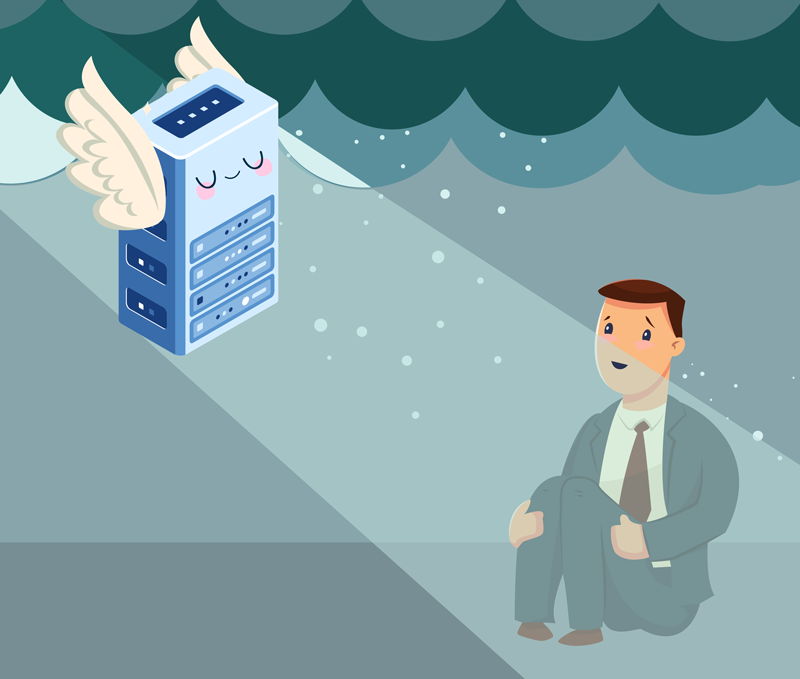60%
Of firms close after a significant data loss during a natural disaster like hurricane, earthquake, fire, or a cyber attack.
Weeks
It can takes weeks for a firm to get a new server restore the backup and access their clients’ data.
Service
Accessing your clients’ data within a few minutes after a disaster will show your clients your firm is prepared and resilient.

The Problem
Loss of your and your clients’ data
Consider the scenario: a hardware failure at the office, a flood, or a fire jeopardizing your critical data. Picture the urgency of sending out a document due in court today. Envision being locked out of your documents by a crypto virus. Now, reflect on the time it would take to negotiate a ransom payment or restore a backup.
The multitude of potential data loss scenarios underscores the necessity for a well-thought-out disaster recovery plan. Anticipating and addressing these contingencies is not just prudent; it’s essential for ensuring the resilience of your data and the continuity of your operations in the face of unforeseen challenges.

The Solution
2b1 Care Disaster Recovery
Disaster recovery is a comprehensive strategy crafted to mitigate the impact of unforeseen events, including natural disasters, cyberattacks, or system failures, on an organization’s IT infrastructure and data.
This approach involves meticulous planning and the implementation of measures aimed at ensuring the swift and effective restoration of critical systems, applications, and data in the aftermath of a disruptive incident.
Key components of a disaster recovery plan encompass data backups, offsite storage, redundancy, and detailed recovery procedures.
The ultimate goal is to minimize downtime, proactively prevent data loss, and swiftly resume normal business operations. This commitment serves to safeguard the organization’s continuity, reputation, and ability to meet regulatory compliance requirements.


How does it work
Components of Disaster Recovery
Disaster recovery operates through the establishment of a systematic and predefined set of procedures designed to swiftly restore an organization’s critical IT infrastructure and data following a disruptive event.
This process involves the specialized backup of essential data and applications, stored in secure offsite cloud-based locations, ensuring their availability in the event of a disaster. It includes activating your backed-up server in the cloud and providing users with access to the new server in the cloud.
The comprehensive approach encompasses creating detailed recovery plans, testing them through simulated scenarios, and implementing technologies such as redundant systems and failover mechanisms.
In the face of a disaster, these measures enable organizations to efficiently recover data, applications, and systems, minimize downtime, and resume normal operations with minimal disruption. This ensures business continuity and resilience against unforeseen challenges.

As we’ve seen with hurricanes hitting the East Coast and wildfires and earthquakes shaking the West Coast, many businesses faced devastating data loss, leaving them unable to bounce back.
But the real eye-opener—the companies that took the time to get ready ahead of time, well, they dodged the bullet. It’s like the old saying, ‘an ounce of prevention is worth a pound of cure.’
The big difference between those who had solid disaster recovery plans in place and those who didn’t is pretty clear. It shouts out that being ready for the unexpected isn’t just a good idea; it’s the secret sauce for keeping your business strong when everything else seems to be falling apart.
Paolo Broggi – CEO
Build your Disaster Recovery plan with 2b1 Care
Let’s identify the critical components essential for the seamless operation of your firm. Who are the key people implementing the plan during times of disaster? It’s imperative that we thoroughly back up all necessary elements to ensure your firm’s functionality. Subsequently, let’s rigorously test the system to guarantee its reliability for your peace of mind.

